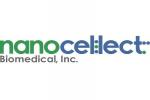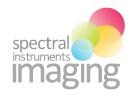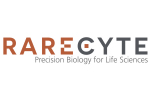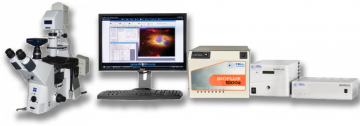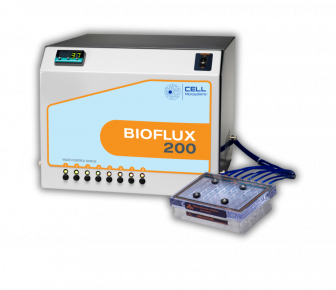Fluxion Biosciences announced that it has launched its BioFlux Extended Flow module for live cell analysis. The module consists of a new 6-well plate consumable and interface; it is now available and shipping to customers.
BioFlux provides the ability to emulate physiological flow and shear forces in an in vitro model, while maintaining a convenient well plate format. The system enables a multitude of assays that require precise control of the cellular micro-environment, including control of shear forces, liquid composition, gas, and temperature. BioFlux is widely used in basic research and drug development around the world by hundreds of recognized industry leaders (Pfizer, Amgen, BMS, Merck, Bayer), government labs (NIH, Walter Reed Research Center, VA Medical Center) and leading research institutions (Harvard, UC San Francisco, U. Michigan, U. Pennsylvania, Yale, and Oxford).
According to Dr. Bryan Haines, Global Product Director, “BioFlux extended flow plates were developed to address a frequent request of our customers: the need to remove flow time limitations from their assays. The new consumable and 6-well interface accomplish that, while continuing to integrate seamlessly into existing experimental protocols. Using the BioFlux Quattro Array, 12 experiments can be performed over extended time periods of up to 21 days.”
The Extended Flow Module, including consumables and a 6-well interface, is targeted at applications where longer cell or microbial growth under flow conditions is required. The new consumable extends the flow time significantly, from 31 hours using BioFlux 24-well plates at a shear of 1 dyn/cm2, to 110 hours at the same shear using the new extended flow plates. At low flow rates (0.15 dyn/cm2), BioFlux channels can now be kept under perfusion for up to 21 days. Long perfusion times are important for applications such as tuberculosis and urinary tract infection research.
“The introduction of the BioFlux Extended Flow Module provides great validation of our new rapid design-to-product development process. In addition to this new plate type, this process is being used to provide a cost-effective path for the production of customer-specific designs and will enable a much faster response time to develop new capabilities for the BioFlux system,” said Cristian Ionescu-Zanetti, CTO of Fluxion. “With its unique capability to mimic conditions in the body, now for much longer periods of time, the Extended Flow Module is a significant advance that provides for a new class of experiments using the BioFlux system.”


